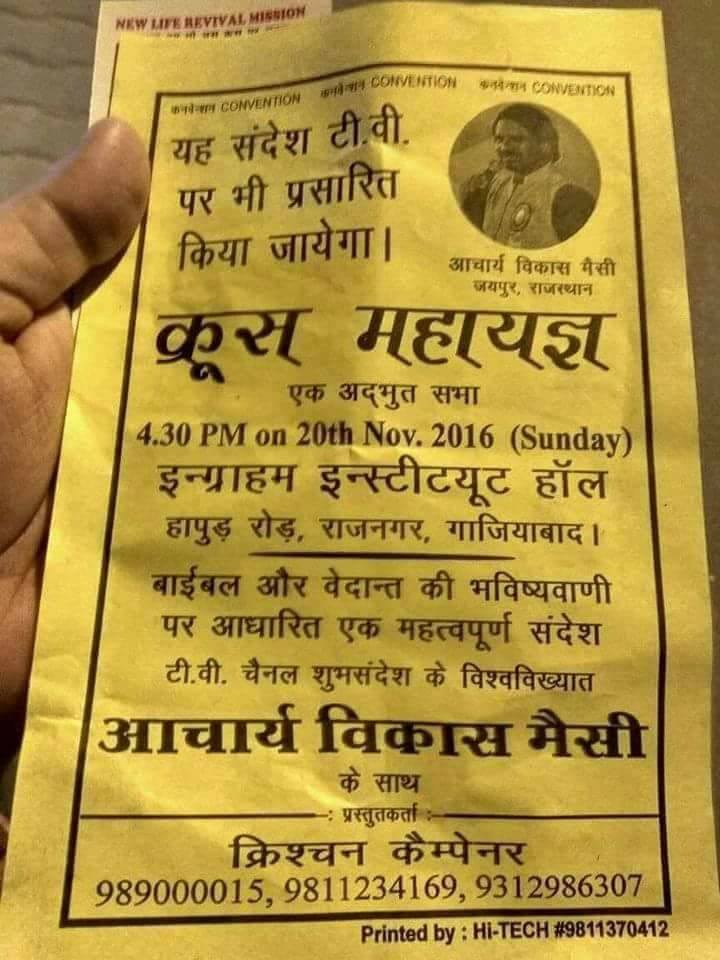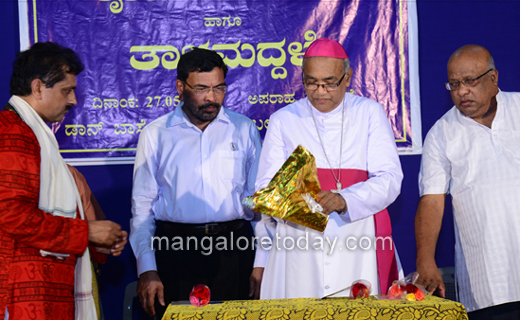

Being Different
An Indian Challenge to Western Universalism, thinker, and philosopher Rajiv Malhotra addresses the challenge of a direct and honest engagement on differences, by reversing the gaze, repositioning India from being the observed to the observer and looking at the West from the dharmic point of view. In doing so, he challenges many hitherto unexamined beliefs that both sides hold about themselves and each other. He highlights that while unique historical revelations are the basis for Western religions, dharma emphasizes self-realization in the body here and now. He also points out the integral unity that underpins dharma s metaphysics and contrasts this with Western thought and history as a synthetic unity.
IIT Mumbai Q&A-2 – Who is the discoverer
IIT Mumbai Q&A-3 – Argument with a Social Scientist
IIT Mumbai Q&A-4 – How and why I got involved in these activities
IIT Mumbai Q&A-5- Chaos, decentralization, self-organization – pro’s and con’s
IIT Mumbai Q&A-6 -UTurns caused by our neglects
IIT Mumbai Q&A-7 – Loss of purva-paksha tradition and consequences
IIT Mumbai Q&A-8 – Decolonization
IIT Mumbai Q&A-9 – Comment on social sciences in India


Manindra Thakur Event Jan 2012 Vid 3 – Debating Western Universalism, Digestion, & U-Turns
Manindra Thakur Event Jan 2012 Vid 4 – Book Project: Indian Approach to Social Sciences


Baba Ramdev’s Ashram Vid 2: Baba Ramdev introduces Rajiv to his Ashram Audience
Baba Ramdev’s Ashram Vid 3: Rajiv-Ramdev Discuss Long Range Forces Breaking India
Baba Ramdev’s Ashram Vid 4: Exposing How Foreign Nexuses Operate in India
Baba Ramdev’s Ashram Vid 5: Story of How Ayurveda Got Plagiarized by the Aveda Brand
Baba Ramdev’s Ashram Vid 6: Overview of Rajiv’s Mission to Decolonize India Studies
Baba Ramdev’s Ashram Vid 7: Why Rajiv Endorses Yogi as President of India
Baba Ramdev’s Ashram Vid 8: Indian Civilization Spread by Different Means than Others
Baba Ramdev’s Ashram Vid 9: Why People of India did not get Genocided like Native Americans
Baba Ramdev’s Ashram Vid 10: What inspired Rajiv to Research & Write
Baba Ramdev’s Ashram Vid 11: How to Name & Position Hindi Edition of Breaking India
Baba Ramdev’s Ashram Vid 12: Baba Ramdev’s Comments on Rajiv’s Talk & Work
Baba Ramdev’s Ashram Vid 13: Rajiv-Ramdev Privately Brainstorm Strategy

Part 2- Mata Amritanandamayi’s Univ: Ann Berliner, Prof. CA State Univ. Comments on BEING DIFFERENT

4. What are the four books Rajiv has published thus far
5. Explain what is Neo Hinduism and why our opponents want to propagate it
6. Why is Namaz practice in Islam not ’embodied’ in the dharma sense
7. Explain your goal of being non-ignorable
8. What are your issues with funding India related chairs in the West
Seminar on BEING DIFFERENT at Banaras Hindu University: Vid 2 – Rajiv Malhotra Talk
Seminar on BEING DIFFERENT at Banaras Hindu University: Vid 3 – Indranath Chaudhuri, Ex-Director, Sahitya Academy
Seminar on BEING DIFFERENT at Banaras Hindu University: Vid 4 – Oscar Pujol, Director Institute Cervantes, Delhi
Seminar on BEING DIFFERENT at Banaras Hindu University: Vid 5 – Bettina Baumer, Indologist, Varanasi
Seminar on BEING DIFFERENT at Banaras Hindu University: Vid 6 – Kamal Datt Tripathi, IGNCA, Varanasi
Seminar on BEING DIFFERENT at Banaras Hindu University: Vid 7 – Response by Rajiv Malhotra
Seminar on BEING DIFFERENT at Banaras Hindu University: Vid 8 – Audience Q&A, Comments
Pondy Event Vid 2 – Rajiv Malhotra’s Talk Part 1 – UTurn Theory
Pondy Event Vid 3 – Rajiv Malhotra Talk Part 2: BEING DIFFERENT book
Pondy Event Vid 4 – Comments by five prominent scholars of Sri Aurobindo
Pondy Event Vid 5 – Rajiv Malhotra’s Response to the Expert Comments
Pondy Event Vid 6 – Debate with a German U-Turner
Pondy Event Vid 7 – Q&A – New Western religions that are not history-centric
Pondy Event Vid 8 – Q&A – Relevance to Modern Youth
Pondy Event Vid 9 – Director’s Concluding Remarks
Rajiv Malhotra & Joshua Stanton: 2 – Brahman and Karma

















Commerce College-2- Lecture: My journey; the Indian crisis; Sensex economy and modern Shudras
Commerce College-3- Discussion: We Understand the Americans better than we Understand Ourselves
Commerce College-4- Discussion: Assimilation and retaining Civilizational Distinctiveness
Commerce College-5- Discussion: What inspired me and the role of my sadhana
Commerce College-6- Discussion: What should be the goal of students – career or serve the culture
Commerce College-7- Role of Indian languages, control of global standards discourse, & power
Commerce College-8- Discussion: Causes of youth disconnect from a deep knowledge of roots
Commerce College-9- Discussion: Indian qualities that are special and exportable

 The following volumes have already been commissioned as part of this IF project:
The following volumes have already been commissioned as part of this IF project:







As Hindus, we dance and sing our philosophy. Our highest literature is our philosophy. Our culture is never separate from our religion. When one says Namaste it is culture and it is also religion and also it is religious wisdom that we have got to back up religion.
When the Lord of Nritya Sri Ganesha and Sri Nataraja are quietly thrown out of Rangamancha, when in the ‘Bharata Natyam’ Sri Vishnu and Sri Shiva mudra is replaced by Jesus mudra, when in the traditional lamp the Shankha, Chakra, Gada, Padma, and Hamsa is replaced with a Cross, when the famous bhajan ‘Krishna Nee Begane Baaro’ is changed to ‘Yesu Nee Begane Baaro’, when the devotion is taken out of the Nritya then it is called ‘Christian Bharata Natyam’. One may argue why Christian Bharata Natyam cannot be devotional? The Answer is simple. One who has left one’s own religion and has appropriated its culture will never be able to fill his heart with devotion. When one leaves his religion the culture leaves that individual too.
2. The process of making a change in the appearance or form of something



















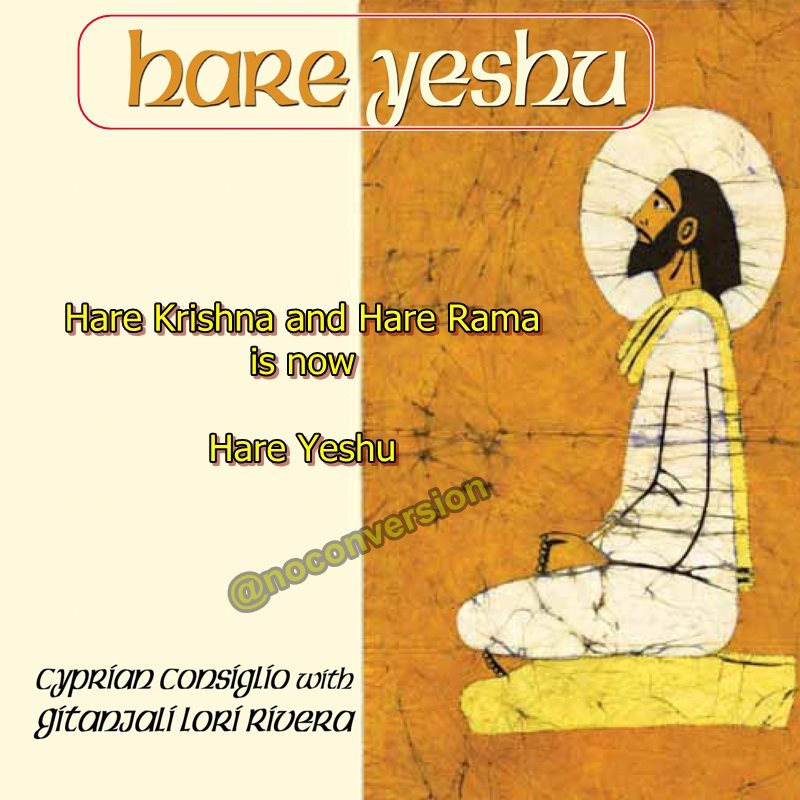











NoConversion · Looks like a church is planning another trick to fool on Ganesh Chaturthi … jesus as Ganesh or Ganesh as Jesus?
This is not Holi. It is called Color Run. Christians are trying to copy


Appropriation of Hindu Puja (worship) ritual
Church – It is all about money, control, and power nothing spiritual or religious. Yeshu Puja …they want to copy everything so that Hindus can be fooled




Sample of Inculturation
Om Shri Deva Putraya Namah
Om Shri Sat Purushaya Namah
Om Shri Yesu Abbishiktaya Namah
Om Shri Sad Guruve Namah
Om Shri Taraneshaya Namah….
This is the cup of immortal nectar; whoever drinks of this cup will live forever.
For the Lord says, “He will have eternal Life, and I will raise him up on the last day.”
Do you believe this?
Ishwara, Ishwara . . .
NoConversion
Most disgusting… I have no words to describe this abhorrent idea – Christian Bhagavatam
Kristubhagavatam


Plakkiyil Chacko Devassia was born in a Syrian Catholic family, Plakkiyil, on 24 March 1906 at Kodamalore, in Kottayam District, Kerala.



|
Arun Shourie
|
(2) Genuflections may be replaced by the profound bow with the Anjali hasta.
(3) A Panchanga pranam by both priests and faithful can take place before the liturgy of the Word, as part of the Penitential Rite, and at the conclusion of the Anaphora.
(4) Kissing of objects may be adapted to local customs, that is touching the object with one’s fingers or the palm of one’s hand and bringing the hands to one’s eyes or forehead.
(5) The kiss of peace could be given by the exchange of Anjali hasta and/or the placing of the hands of the giver between the hands of the recipient.
(6) Incense could be made use of in liturgical services. The receptacle could be the simple incense bowl with handle.
(7) The vestments could be simplified. A single tunic-type chasuble with a stole (Angavastra) could replace the traditional vestments of the Roman rite…
(8) The corporal could be replaced by a tray (Thali or Thamboola thattu)…
(9) Oil lamps could be used instead of candles.
(10) The preparatory rite of the Mass may include: ….(b) the welcome of the celebrant in the Indian way, e.g. with a single arati, washing of hands etc.; (c) lighting of the lamp…
(11) In the Offertory rite and at the conclusion of the Anaphora the Indian form of worship may be integrated, that is, double or triple arati of flowers, and/or incense, and/or light….“
Ashram Movement of Christians in India


 Fr Bede Griffith : Saccidananda Christian Ashram
Fr Bede Griffith : Saccidananda Christian Ashram 










.jpg)







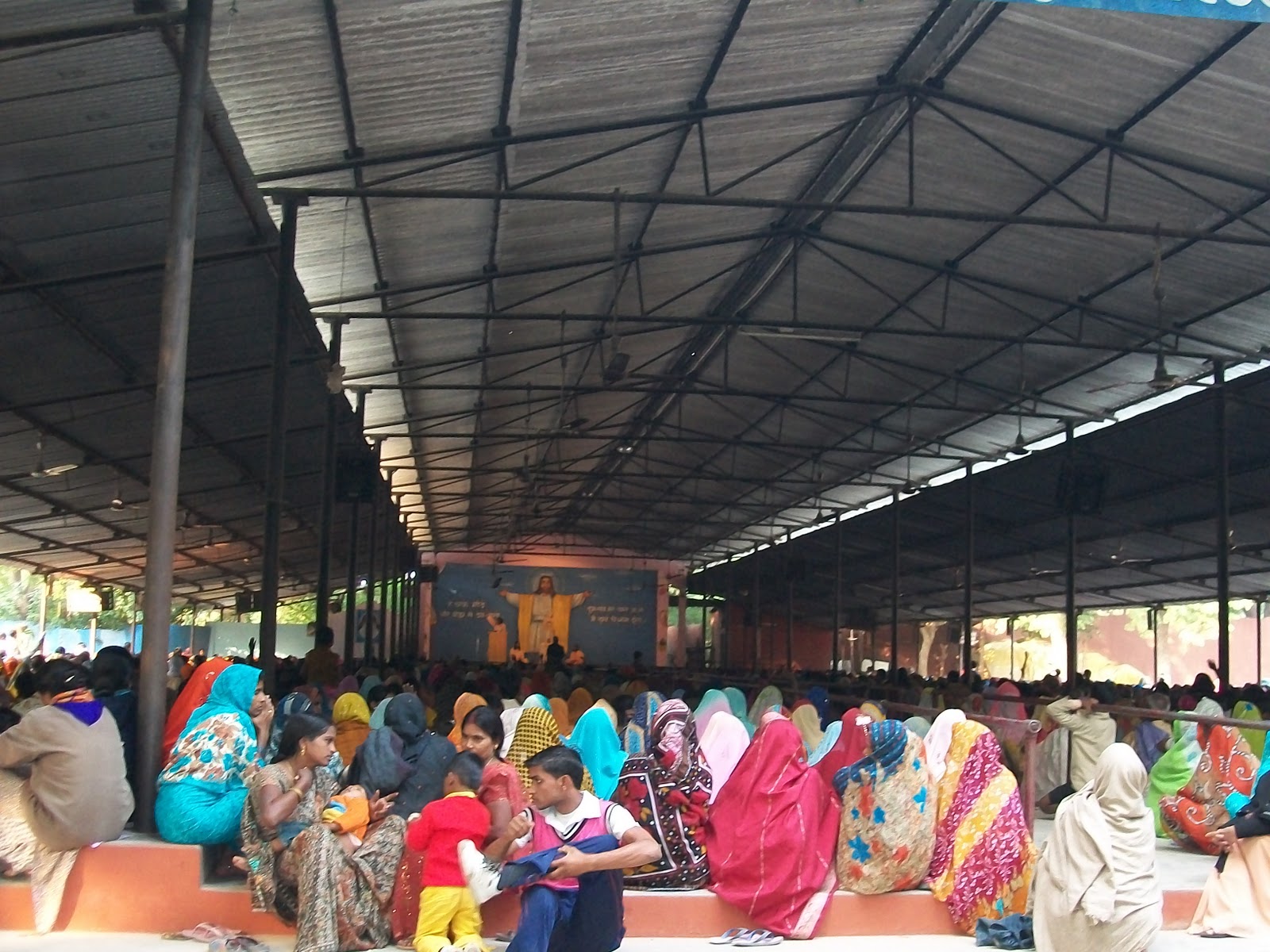


 Ashram
Ashram 




“Periannan” ( S. Jesudason) “Chinnannan” (Ernest Forrester – Paton)
Christian Ashrams in India
|
Christian Ashrams in India
|
– For more than twenty years we have engaged in dialogue with Hinduism and Buddhism, hosting “Monastic Exchange” programs organized by Buddhist associations and the Benedictine dialogue commission (DIM-MID). Our monks Bemardino Cozzarini and Thomas Matus have often been in India, facilitating the incorporation into our congregation of Saccidananda Ashram, founded in South India by Fathers Jules Monchanin and Henri Le Saux and later guided by Father Bede Griffiths.
– Father Thomas Matus is also a consultor for the Pontifical Council for Inter-religious Dialogue and teaches a course on Hindu and Buddhist monasticism at the Benedictine Faculty in Rome.
The “eldest” of our communities outside Italy is in India, where the presence of the Church dates back to sub-apostolic times. Saccidananda Ashram, Shantivanam, in Tamil Nadu did not, of course, begin as a Camaldolese community. It was founded on the feast of Saint Benedict, March 21, 1950, by Father Jules Monchanin, priest of the diocese of Lyons, and Father Henri Le Saux, monk of the Abbey of Kergonan in France. They took Indian names (respectively Parama-Arupi -Ananda and Abhishiktananda), donned the orange robes of the Hindu monks, and prayed in Sanskrit and Tamil. After Father Monachnin’s death in 1957 and Swami Abhishiktananda’s departure for the Himalayas in 1968, the Ashram was guided by an English monk Father Bede Griffiths. In 1980 he became a member of our community, and until his death in 1993 continued to form a group of young Indian men, who are working toward building the monastic community at the service of the Ashram, which retains its special characteristics in accordance with ancient India tradition and the vision of the three founders.
In recent years two Indian women have made their solemn monastic profession as Camaldolese nuns. One has lived for many years next to Shantivanam and has established an ashram which expands Shantivanam’s capacity for receiving guests in a quiet, contemplative atmosphere. The other has just completed construction on a monastery near Mysore (Jfianodaya Ashram). Soon she will be joined by two more Indian women, currently in Rome preparing for their solemn vows.
VATICAN CITY (CNS) – In a list of final propositions, the Synod of Bishops for Asia called for a new wave of evangelization on the continent, one that emphasizes Christ as Savior but recognizes Asian ways of expressing the faith.
The propositions firmly placed the church on the side of Asia’s “teeming millions” of poor and disadvantaged, particularly women and children, and said Catholic institutions should help empower them.










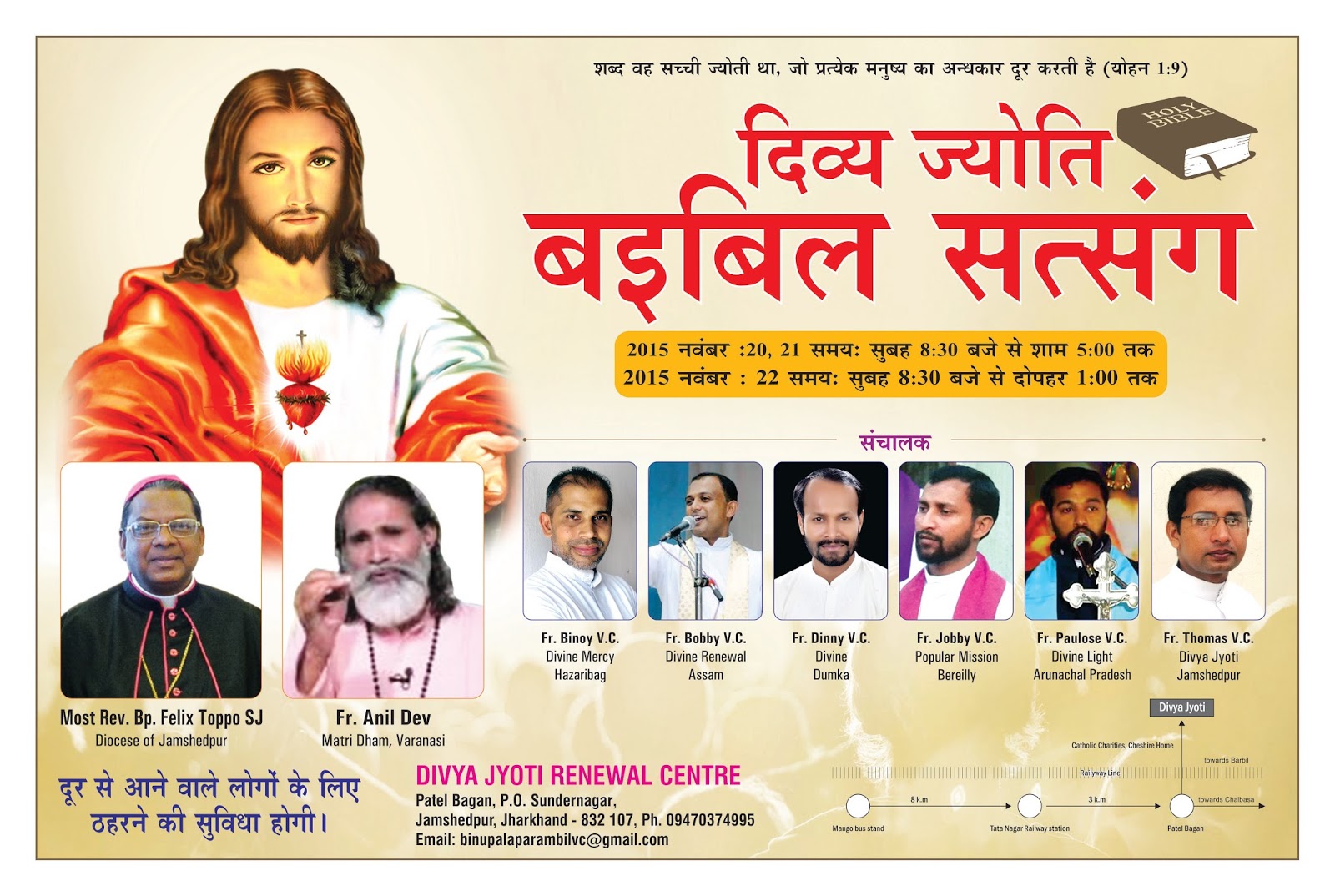



As Hindus, we dance and sing our philosophy. Our highest literature is our philosophy. Our culture is never separate from our religion. When one says Namaste it is culture and it is also religion and also it is religious wisdom that we have got to back up religion.
When the Lord of Nritya Sri Ganesha and Sri Nataraja are quietly thrown out of Rangamancha, when in the ‘Bharata Natyam’ Sri Vishnu and Sri Shiva mudra is replaced by Jesus mudra, when in the traditional lamp the ShankhaChakraGadaPadma and Hamsa is replaced with a Cross, , when the famous bhajan ‘Krishna Nee Begane Baaro’ is changed to ‘Yesu Nee Begane Baaro’, when the devotion is taken out of the Nritya then it is called ‘Christian Bharata Natyam’. One may argue why Christian Bharata Natyam cannot be devotional? The answer is simple. One who has left one’s own religion and has appropriated its culture will never be able to fill his heart with devotion. When one leaves his religion the culture leaves that individual too.
What is Inculturation?



































Articles on Christians and Yoga














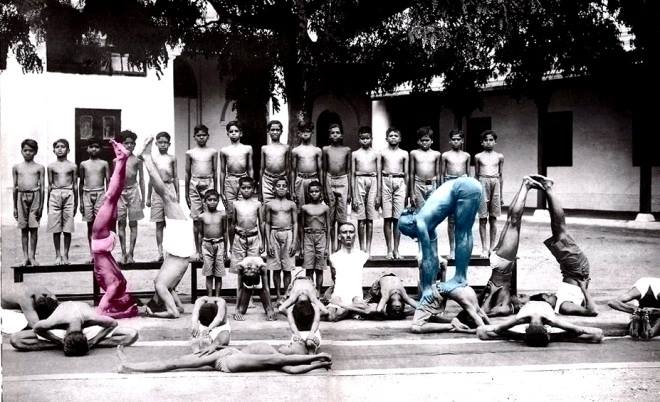
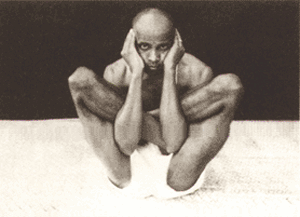


A Hindu View of Yoga
Yoga is not a religious practice

































 माँ मैरी की यात्रा ?? सिर्फ भारत मे यह सब बेवकूफी चलती है सेकुलरिज्म के नाम पर
माँ मैरी की यात्रा ?? सिर्फ भारत मे यह सब बेवकूफी चलती है सेकुलरिज्म के नाम पर

